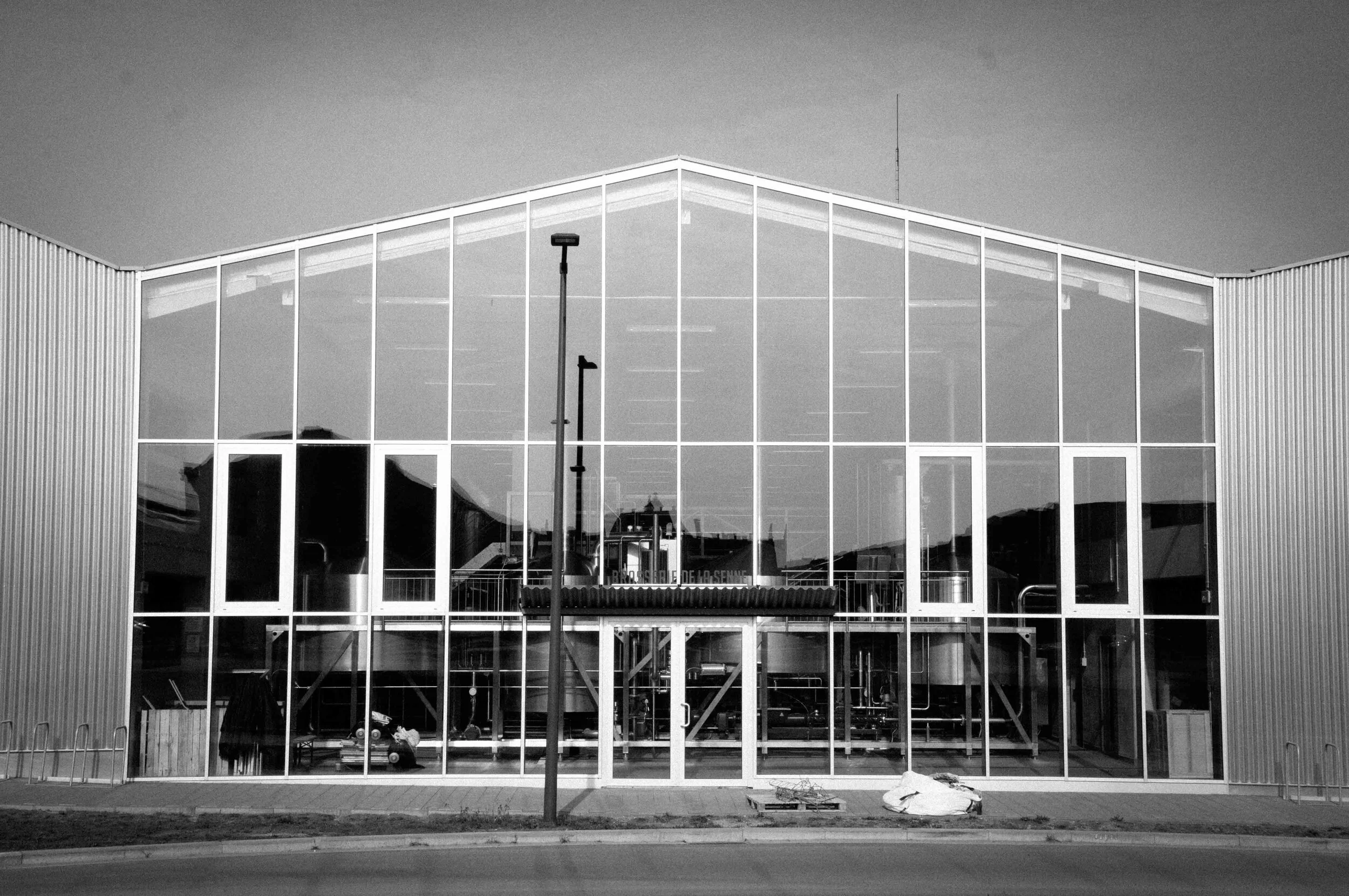A History of Brussels Beer in 50 Objects // #47 L'Ermitage Summer Krump
Object #47 - L'Ermitage Summer Krump
2019
Brewery Life
Find out more about Brussels Beer City’s new weekly series, “A History Of Brussels Beer In 50 Objects” here.
Brussels New Wave
\ ˈbrə-səlz nyü ˈwāv \
Noun
A category of post-2010 new Brussels breweries.
You could call them craft breweries. Or independent breweries. Bière artisanale or ambachtelijk bier. Whatever you choose, it was clear that by 2020, a new type of Brussels brewery had emerged, taking its place in the canon alongside the city’s historical Lambic breweries and its 20th century industrial behemoths.
Brasserie Cantillon had trudged a solo, 20-year furrow as the city’s only brewery, inspiring a committed local and international following. But it was Brasserie de la Senne’s arrival in December 2010 which launched the Brussels New Wave brewing revival. There was a five-year lag before the number of Brussels breweries doubled again to four, but thereafter the pace picked up. Each subsequent year saw another one or two breweries added to the roster until the number topped out by decade’s end at twelve, give or take several edge cases.
These 12 breweries each had their own idiosyncrasies, their own audiences, and each mined their own niche. Distinctive enough, their boosters might say, that corralling them into a single discrete category was a reductive fool’s errand. But beyond superficial distinctions, there was a unifying template - albeit one not dissimilar to what English writers Boak and Bailey called the “Global Republic of Craftonia”.
A prototypical representative of the Brussels New Wave template was Nanobrasserie L’Ermitage, founded by three men - college friends François Simon, Nacim Menu and Henri Ben Saria. Theirs was a circuitous route into commercial brewing, starting with a shared appreciation for beer before branching into homebrewing, brewing courses, and cuckoo brewing on someone else’s equipment. Their Anderlecht brewery, opened in a disused cigarette factory in July 2017, was paid for partially by crowdfunding, and was located in Brussels’ canal zone.
None of its founders were graduates of the Cantillon or de la Senne finishing schools, but both breweries had a major influence on L’Ermitage’s trajectory. They’ve collaborated closely with Cantillon and worked with Jean Van Roy on his brewing side-project. De la Senne were, Menu said in a 2018 interview, “like the godfather for [them]”, and an inspiration for L’Ermitage’s “philosophy…to be brewed in Brussels, and drunk in Brussels.”
De la Senne’s influence is also there in L'Ermitage’s strong visual identity, centred around Alejandro Jodorowsky-inspired artwork by illustrator Julien Kremer. There are other characteristics L’Ermitage shares with its Brussels New Wave contemporaries - a flagship Pale Ale (Lanterne), their magpie’s eye for beer trends, oenophilia, a willingness to embrace heterodoxy, and comfort in experimenting with mixed fermentation and barrel-ageing.
There is one other characteristic uniting L’Ermitage with its Brussels New Wave contemporaries: on-site drinking. For some, like L’Ermitage, that means a taproom. Others, like Brasserie No Science, have opted for a more ad-hoc, aperos approach. Where their 20th century predecessors bequeathed the city towering architectural mastodons, the urban legacy of Brussels’ 21st century breweries is likely to be the throwing open of their doors to drinkers and reconfiguring in the process the idea of a modern-day Brussels brewery.













